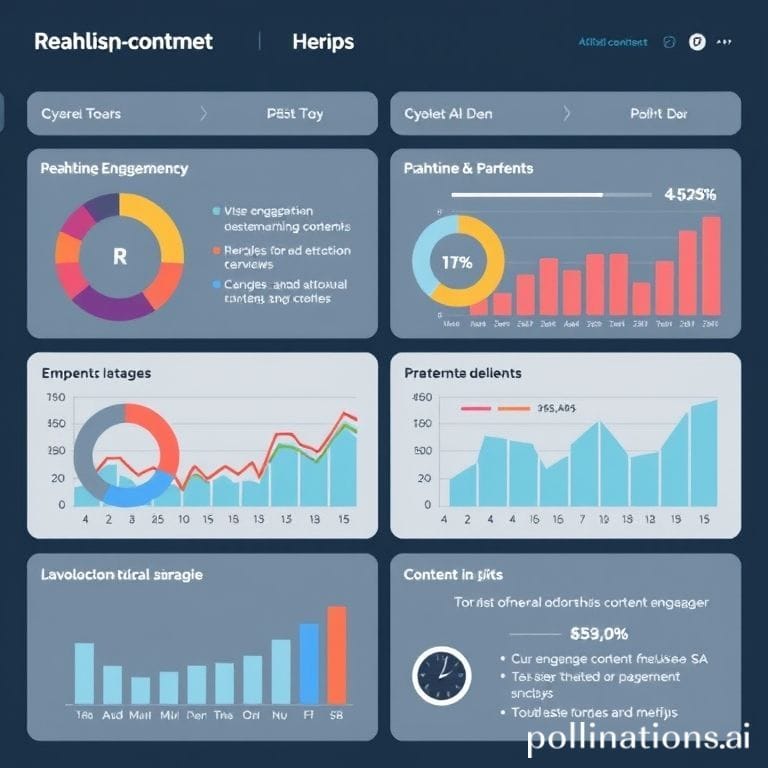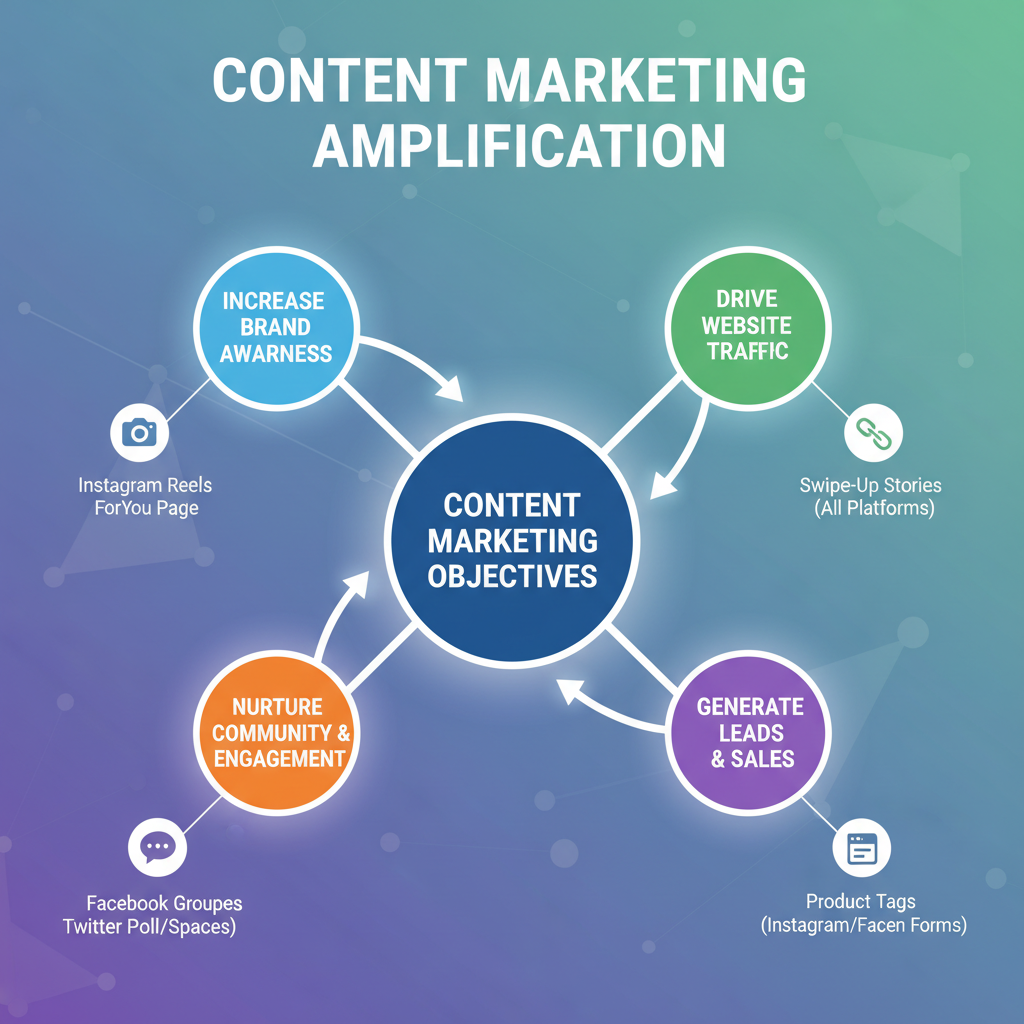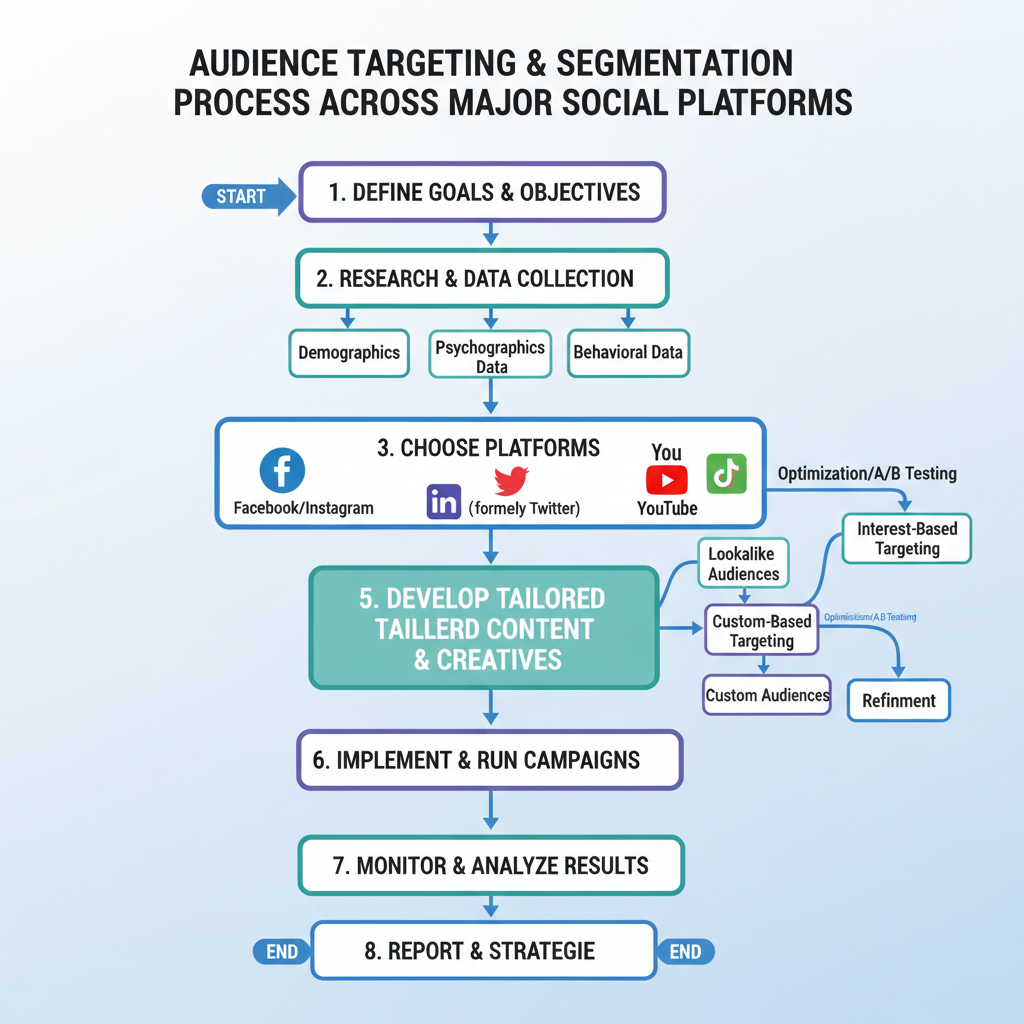How Social Media Supports Content Marketing Strategies
Discover how social media amplifies content marketing strategies through precise targeting, real-time engagement, and expanded audience reach.

Introduction
In today’s highly connected digital ecosystem, social media is more than a personal sharing tool—it’s a strategic channel that can supercharge your digital strategy. For marketers wondering how does social media support content marketing, the answer lies in its ability to amplify reach, foster audience engagement, and deliver measurable ROI. When integrated effectively, social platforms elevate brand visibility, refine messaging, and drive conversions through dynamic distribution and interaction opportunities.

This guide explores the relationship between social media and content marketing, detailing definitions, amplification methods, targeting precision, real-time feedback, optimization tactics, cross-promotion strategies, and future trends—so you can create a synergy that maximizes value.
---
Defining Content Marketing and Its Core Objectives
Content marketing refers to creating and distributing valuable, relevant, and consistent content aimed at attracting and retaining a target audience—ultimately driving profitable customer actions. It’s distinct from direct advertising because it prioritizes delivering genuine value through various formats such as articles, videos, infographics, and podcasts.
Core objectives of content marketing:
- Increase brand awareness through educational or entertaining material.
- Build trust by offering consistent, quality-driven content.
- Drive engagement via interactive or personalized storytelling.
- Generate leads and conversions by addressing customer pain points.
- Encourage loyalty through sustained audience relationships.
---
Social Media’s Role in Amplifying Content Reach
Social media platforms are distribution engines that enable content to be seen far beyond a brand’s owned channels. Leveraging these networks helps businesses overcome visibility challenges and gain access to broader communities.
Key amplification benefits:
- Instant sharing and potential virality.
- Entry into niche groups and specialized communities.
- Algorithmic content suggestions that reach relevant users.

A blog post, infographic, or video shared on Twitter, LinkedIn, Instagram, or TikTok benefits from exponential growth through likes, shares, and comments. This drastically shortens the discovery window for new audiences.
---
Audience Targeting and Segmentation Through Social Platforms
One of social media’s most powerful capabilities is the precision with which content can reach specific audience slices. Facebook, Instagram, LinkedIn, and TikTok all offer sophisticated targeting tools that let brands tailor distribution based on:
- Demographics: Age, gender, education, income.
- Location: Geotargeting down to zip codes.
- Interests: Pages followed, hashtags used, topics engaged with.
- Behavior: Purchase patterns, device usage, browsing actions.
| Platform | Targeting Features | Example Use Case |
|---|---|---|
| Facebook Ads | Demographic & Interest targeting | Promoting a travel blog to adventure enthusiasts aged 25–40 |
| LinkedIn Ads | Job title & industry targeting | Sharing whitepapers with marketing directors |
| TikTok Promote | Hashtag & interest targeting | Launching a challenge related to fitness content |
This granular segmentation ensures your messaging connects with the people most likely to act, increasing ROI and engagement outcomes.
---
Real-Time Engagement to Refine Content Strategy
Social media enables immediate feedback loops where audience reactions such as comments, likes, shares, and direct messages deliver actionable insights.
How real-time engagement helps:
- Uncovers trending topics and evolving preferences quickly.
- Reveals customer concerns via direct feedback.
- Highlights underperforming content formats.
Polls, stories, and interactive Q&A sessions can act as rapid testing grounds before investing heavily in a broader campaign, allowing continuous refinement.
---
Using Social Media Insights and Analytics for Optimization
Major social platforms include analytics dashboards showing metrics like reach, impressions, engagement rates, and click-through percentages. These metrics guide smarter decisions about when and how to share content.
Example optimization workflow:
- Review performance metrics after publishing.
- Identify top-performing content formats (e.g., reels vs. long blogs).
- Revise your calendar to emphasize high-engagement pieces.
- Optimize headlines and visuals for clickability.
Consistent monitoring and iterative updates keep campaigns relevant, increasing both reach and conversion quality.
---
Cross-Promotion: Integrating Blogs, Videos, and Podcasts with Social Posts
Cross-promotion harnesses multiple channels to give each piece of content maximum visibility. A single asset can be repurposed for various social feeds.

Cross-promotion examples:
- Share a blog excerpt and link via Twitter hashtags.
- Post short teaser clips on Instagram directing viewers to YouTube.
- Design Pinterest boards showcasing themed infographics from your blog.
- Upload podcast highlights as audiograms to LinkedIn or Twitter.
This not only extends each piece’s content lifecycle but taps into audiences with diverse consumption preferences.
---
Building Brand Authority and Trust via Consistent Social Content
A consistent presence reinforces credibility. Posting high-quality content regularly cultivates trust and positions your brand as an industry authority.
Authority-building tips:
- Keep a consistent tone and voice across platforms.
- Share problem-solving and educational resources.
- Engage directly with audience feedback.
- Showcase client testimonials and success stories.
Active and responsive posting makes audiences more inclined to follow your recommendations.
---
Case Studies: Brands Successfully Using Social Media to Boost Content Marketing
HubSpot – Utilizes LinkedIn to share expert guides with marketing and sales professionals, generating qualified leads from blog readership.
GoPro – Features user-generated Instagram content, amplifying brand narratives while nurturing a loyal community.
Sephora – Combines YouTube tutorials with Instagram Reels to educate and inspire customers, integrating video seamlessly into social marketing.
---
Common Mistakes to Avoid
Avoiding common pitfalls preserves the effectiveness of your campaigns:
- Posting sporadically: Inconsistency reduces audience interest.
- Overlooking analytics: Leads to repeated missteps.
- Over-promotion: Excess sales messaging can alienate followers.
- Misreading audience needs: Results in off-target messaging.
- Ignoring engagement: Treating social media as a one-way channel misses opportunities to connect.
---
Future Trends: AI, Interactive Content, and Emerging Platforms
The fusion of social media and content marketing will evolve with new tools and formats.
Expected developments:
- AI-driven personalization: Tailored recommendations and automated content tweaks.
- Highly interactive formats: Quizzes, polls, AR filters, and streaming events.
- New platforms emergence: Decentralized and niche social apps for specialized audiences.
- Audio-first experiences: Podcast-like social audio rooms gaining prominence.
Proactively adopting these trends will enable marketers to stay ahead of competitors.
---
Conclusion
So, how does social media support content marketing? It offers unmatched reach, pinpoint targeting, instant engagement, and deep analytics to refine your approach. By distributing blogs, videos, and podcasts strategically across platforms, you can amplify your message, connect authentically, and establish enduring trust. Avoiding missteps and embracing future innovations positions your brand for success in a perpetually evolving digital landscape.
---
Ready to amplify your content marketing with social media? Start integrating your assets across multiple channels today, monitor analytics closely, and keep adapting—because the most agile strategies win in the online conversation.




